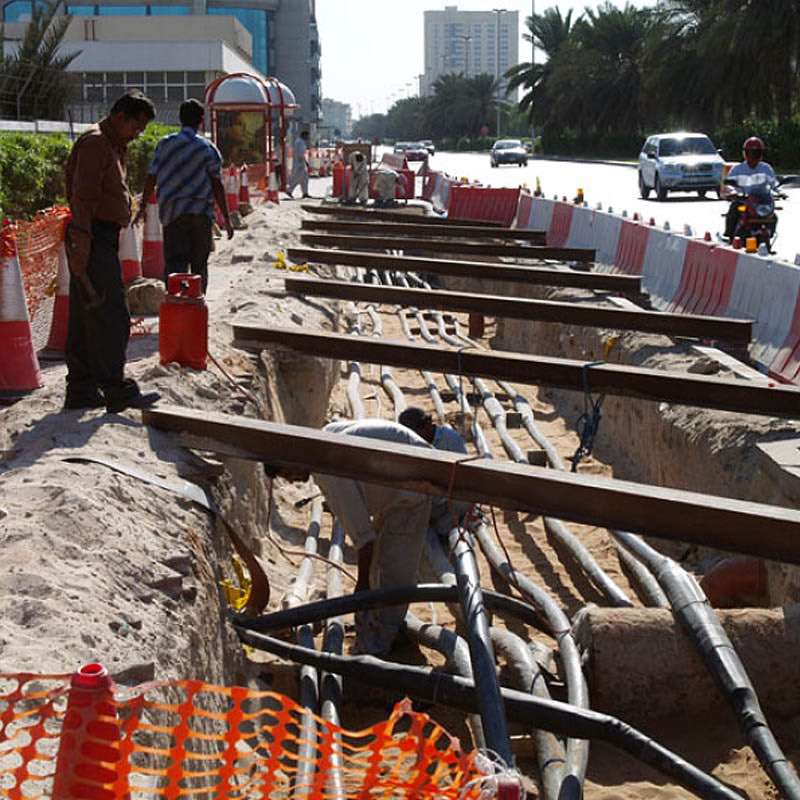 Author: Joey Wan
Author: Joey Wan  April 15,2021
April 15,2021
Power cables are cables used to transmit and distribute electrical energy. Power cables are often used in urban underground power grids, power station outgoing lines, internal power supply in industrial and mining enterprises, and underwater transmission lines across the river. There are many types of power cables, which can be distinguished according to the wire structure and application.
According to the application classification of power cables
1. Power system:
Overhead bare wires, busbars (busbars), power cables (plastic cables, oil-paper cables, rubber-sheathed power cables, overhead insulated cables), branch cables (replace part of the busbars), electromagnetic wires, and electrical wire, and power cable for equipment, etc.
2. Information transmission system:
Local telephone cables, TV cables, electronic cables, radio frequency cables, optical fiber cables, data cables, electromagnetic wires, power cables for communication。
3. Mechanical equipment, instrumentation system:
Except for overhead bare wires, almost all other cables, mainly power cables, magnet wires, data cables, instrumentation cables, and others.

According to the type of power cable
1. PVC insulated power cable: It has good physical and mechanical properties and is widely used to manufacture low-voltage power cables of 1kV and below for low-voltage power distribution systems.
2. Rubber insulated power cable: flexible cables and removable power cables are mainly used in occasions where companies often need to change their laying positions. Using natural rubber insulation, the voltage level is mainly 1KV, and 6KV can be produced.
3. Overhead insulated cable
Overhead wires with insulation are erected on poles, and the insulation can be less than that of power cables. The insulation is made of polyvinyl chloride or cross-linked polyethylene. Generally, it is made of single-core, but 3 to 4 phase insulated cores can also be twisted into a bundle without a sheath, which is called cluster type overhead cable.
4. Frequency conversion cable
The working frequency is 30-300Hz, and cross-linked polyethylene is selected as the insulating material.
5. Flame-retardant cable
Under the specified test conditions, the sample is burned. After the test-fire source is removed, the flame spread is only within a limited range, and the residual flame or residual burn is a cable that can extinguish itself within a limited time. The characteristic is that it may be burned out in a fire and cannot be operated, but it can prevent the spread of the fire.
6. Fire-resistant cable
Refers to the performance that the sample is burned in the flame under the specified test conditions and can still maintain normal operation for a certain period of time. The characteristic is that the cable can still maintain the normal operation of the line for a period of time under burning conditions.
JZD cable manufacturer provides power cables, solar cable, and others. Welcome to contact us for more information.
